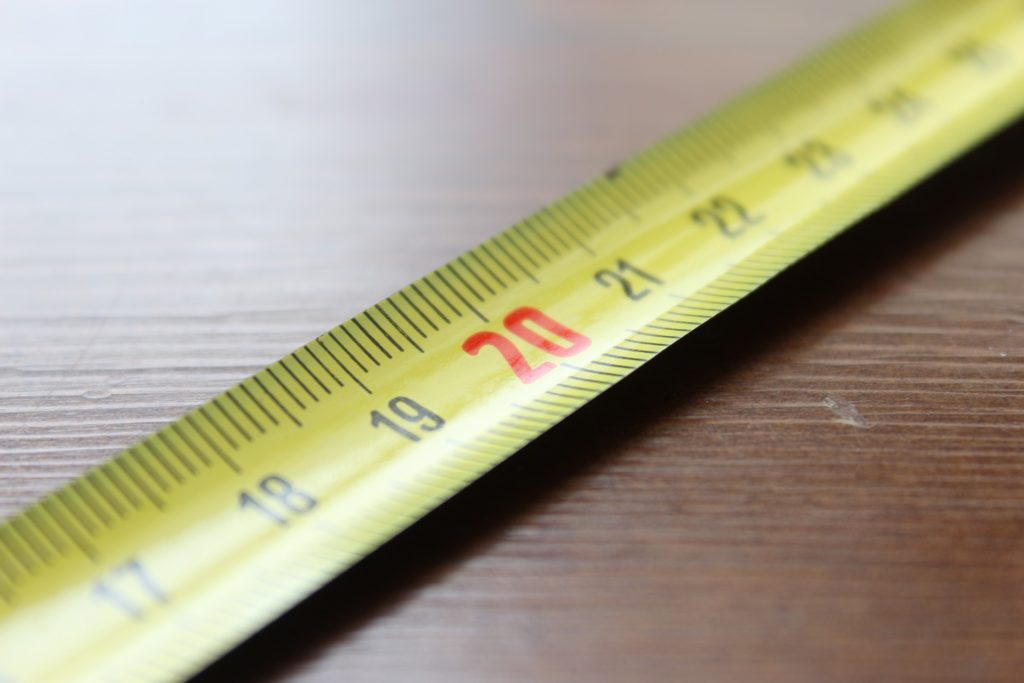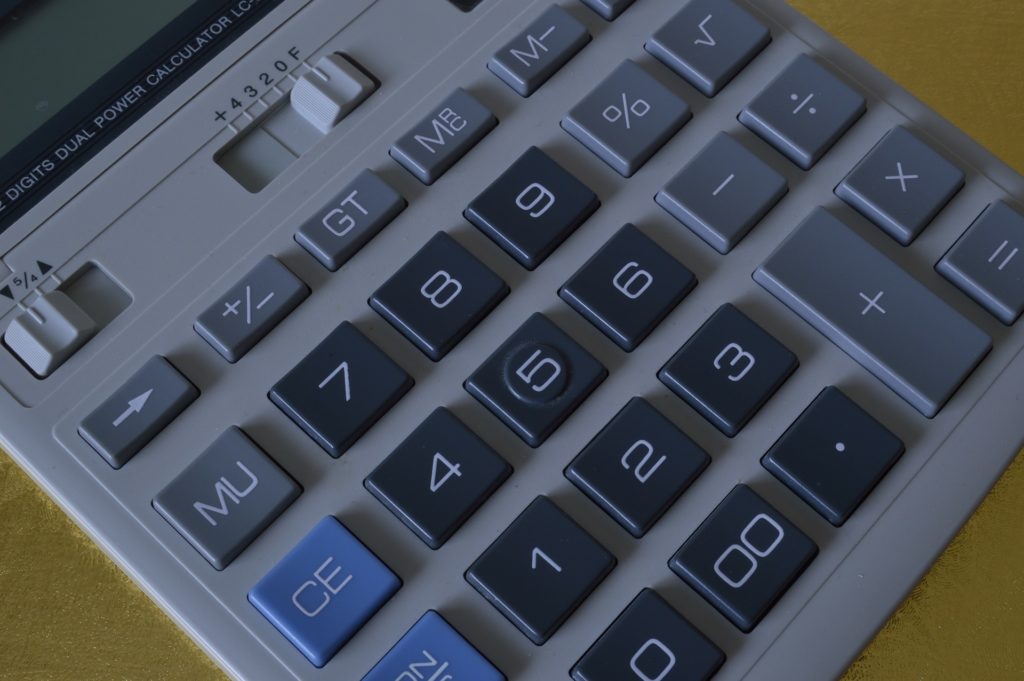DISCLAIMER: PVC joint welding involves the use of dangerous chemicals, so it is important to wear proper safety gear at all times. It doesn’t matter if you are pipe welding or cutting PVC with a power saw. Please be safe!!
When solvent welding PVC there are several factors that can contribute to weak joints. However, if you follow the outlined steps below, you can be sure you have rock-solid joints every time.
There are two basic approaches to properly size your pipe and fitting. For the mathematically uninclined, the “carpentry method” is your best option. Just as a carpenter might hold a piece of wood in place, making a mark and then cutting, you can do the same with pipe. This method is effective for ensuring your cuts are the right general size but it can leave error that could force a bend in your pipe. To properly “seat” your fitting, it must be pushed all the way over your pipe under it is blocked by the raised ledge inside.
The carpentry method is done by inserting one end of your pipe into a fitting and making a mark where the cut needs to be. Unfortunately, this will just be an approximation. Remember, the pipe has to be inserted into the other fitting to establish a strong bond with a full seat. Don’t cut it too short!

The more precise alternative is the “calculation method.” Using this process, you can physically measure the distance between your pipe fittings to determine pipe length requirements and then adding in the fitting seat distance. This method is more akin to how an engineer might determine his cuts. Both methods work with practice and you will find one will generally work better than the other depending on the situation.
Using the calculation method (which is better used for in-line connections) you simply measure the distance between two fittings and use a chart to determine how much extra pipe you will need to insert in order to complete a full seating at each fitting. Depending on your pipe size and fitting, you add on extra length from charts in our resources section. As always, when math enters the equation (pun intended!!) it leaves more room for math errors, especially when dealing with fractions.

When you make your cut it is imperative to make 90 degree angled cuts. If your cuts are angled it leaves the pipe with less surface area to bond, creating a weaker joint. It may be helpful to have the pipe pressed up against a right-angled piece of wood or angle iron to hold down your pipe from moving. After the cut has been made you can take sandpaper or a file to smooth the end to get rid of any burs. I personally prefer to use a utility knife to round off the inside and outside edges. Do whatever works best for you.
There are many different ways to cut PVC. It’s a material similar to wood, so if required you can use your power tools to get nice, clean cuts. However, most plumbers are confident in their ability to make cuts with hand tools. You can find hand saws for cutting plastic pipe at pretty much any hardware store. If you think you will be making a lot of cuts though, I highly recommend getting a pair of PVC pipe cutters. They are very easy to work with and make perfect, straight cuts every time.
Before attempting to glue any joint, it’s important to dry-fit your pipe and fittings to ensure proper sizing and alignment. Once it is dry-fitted you can mark a straight line on the pipe and fitting, parallel to the water flow with a marker – more on this later. If you are trying to connect two pipes that have multiple connections required, it is highly recommended that you use a level. It will allow you to make any required adjustments with 90° pipe fittings.
Once you have established that your pipe and fittings are snug and the proper length, it’s time for the tricky part: removing everything for glue-up. It sounds easy, but any seasoned veteran knows how difficult it can be to pull apart clean PVC pipe and fittings, even without primer.
Pro tip: If your dry fit is stuck and you can’t get it apart, take a block of wood with a hole cut in it. Place the wood over the pipe and use a hammer to knock off the fitting.
Now it’s time of prime your pipe (excluding ABS)! DO NOT SKIP THE PRIMING STEP. Let me repeat myself, DO NOT SKIP THE PRIMER! There are a lot of misconceptions that priming is not required. Yes, a joint can be waterproof with only cement, however the bond will not be nearly as strong and will fail over time. The best practice is to prime your PVC, wait about 10 – 15 seconds and then add your cement before the primer is fully dry. Of course, this does not apply if you are using a 2-in-1 primer/cement.
Once you have primed and added glue to both the outside of the pipe and inside of the fitting it is time to make the connection. While not always possible, try to turn the pipe about a quarter turn after insertion using your marks you made when dry fitting to get proper alignment. If using a T-fitting or any angled bend, the direction of the outflow matters. When you dry fit them, use a marker to draw a line parallel to the water flow on both the pipe and fitting. This ensures that your outflows are pointed in the right direction.
During this step, time is of the essence. The glue and primer immediately start evaporating and drying, making it harder to adjust later on. Many factors including pipe size, humidity and temperature can affect the dry time and working time on these joints so it is impossible to know exactly how long you have before the fit needs to be completed. However, there are charts that estimate the amount of time you have available and total dry time for predetermined environmental conditions.
Pro tip: If aesthetics are important for your project, replace the markers with masking tape or painter’s tape for easy removal afterward.
Make sure you apply pressure to your joint for at least a minute if possible to make sure the pipe does not slip out. I have seen it happen many times – once the primer and cement dissolve the surface of the pipe, it can cause a temporary swelling and a slippery connection. After the joint holds, wipe off any excess glue that might have run out of your joint.
One mistake to avoid when solvent welding PVC, CPVC or ABS pipe is to make sure you are using the correct primer and glue for the material you are working with. Do not mix and match the three materials when working on plumbing systems unless you are sure of what you are doing and that it conforms to building codes in your area. But do not use ABS glue on PVC joints and vice versa. These “solvents” are specifically manufactured for the material listed.
Another problem that rookies can run into is messy joints. If you are working on plumbing in the attic or under the sink it probably doesn’t matter much to you, but it’s good to practice to use the right amount of cement. If you are building a fun project you probably don’t want unsightly cement dripping down your pipe. If it is a plumbing system, it’s important not to apply too much cement at the risk of causing flow issues and potential blockages on the inside of the pipe. The less resistance for liquids, the better.
Lastly, if you have to connect PVC, CPVC or ABS to another pipe material, there are several different connectors used in the industry. Do not attempt to glue PVC to cast iron pipe or copper tubing. It will not work. Find the proper connection and use it. And no, duct tape is not the answer.
Mistakes are inevitable. No one is perfect, so when you do make a mistake cut out the pipe, leaving enough room to glue on an inline coupling and start over with new measurements. Sometimes when you make these mistakes, you might lose some fittings as well so for your projects it is always best to buy extra fittings, just in case. Return anything unused or save them for another project.
WHAT AN OUTSTANDING INSTRUCTIONAL BENEFIT FOR THE DIY’ERS. THANKS SO MUCH THE THE EXPERTISE INFO.😎